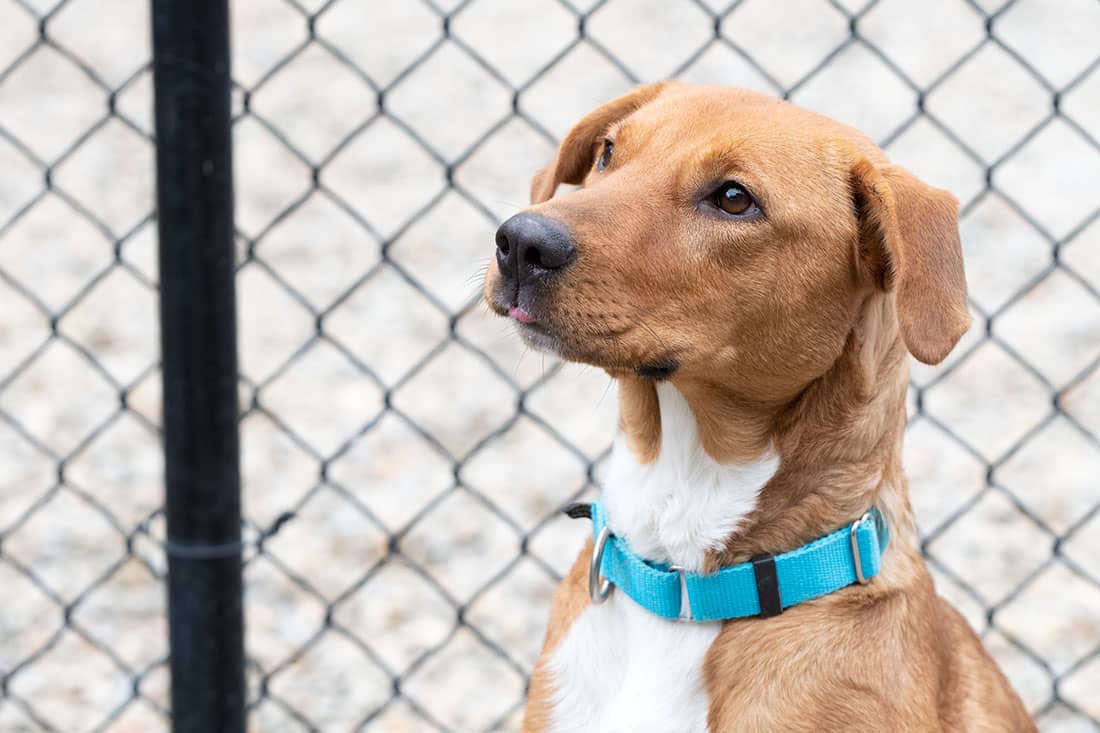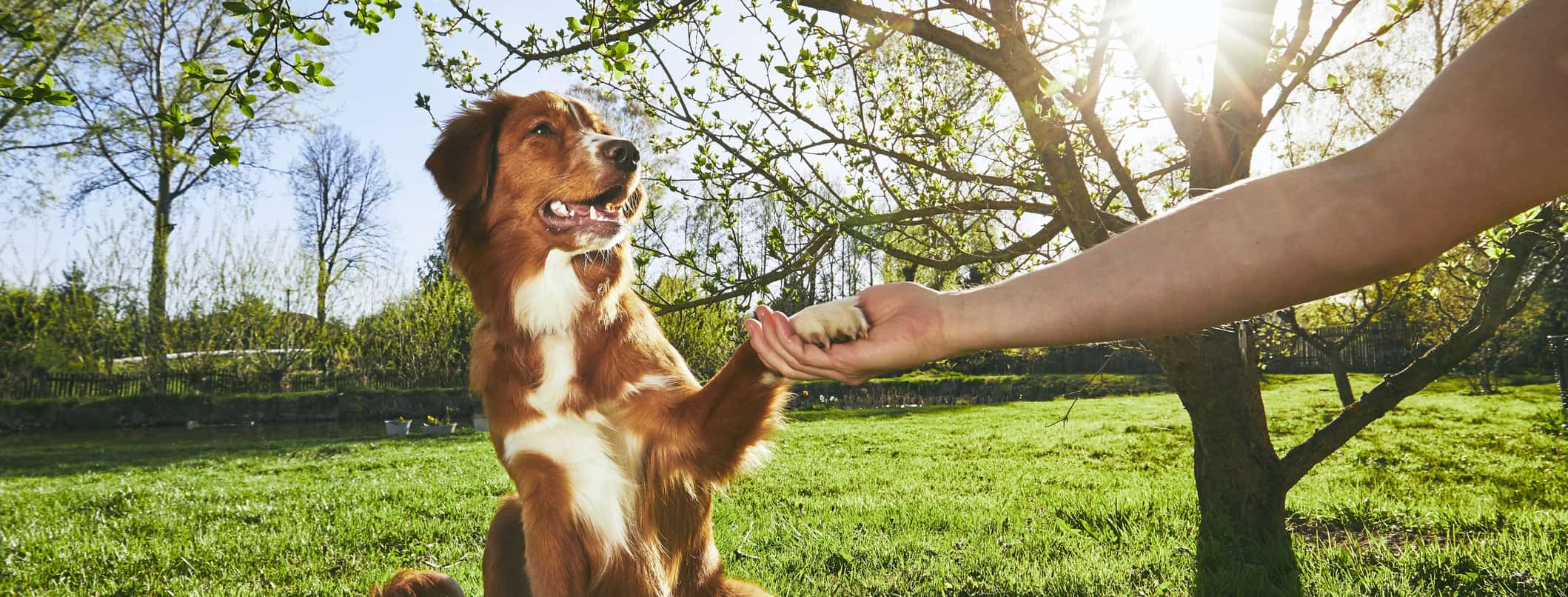Discover the Leading Errors to Prevent in Dog Training
Discover the Leading Errors to Prevent in Dog Training
Blog Article
Necessary Tips for Effective Dog Training: A Guide for Family Pet Owners
Reliable dog training is a multifaceted process that requires a calculated strategy customized to both the pet dog's temperament and the owner's objectives. Key components such as establishing constant commands, utilizing favorable support, and assisting in very early socialization play important duties in promoting a well-adjusted canine friend. Lots of family pet proprietors come across difficulties that can hinder progression, leading to stress and uncertainty. Understanding how to navigate these obstacles can substantially improve the training experience, ultimately changing the connection between proprietor and pet dog. What are the necessary methods that can be employed to make certain success in this undertaking?
Comprehending Dog Habits
Comprehending canine behavior is essential for effective training and fostering an unified connection in between canines and their proprietors. Dogs interact primarily with body movement, vocalizations, and activities, making it essential for proprietors to translate these signals properly. Recognizing a pet dog's posture, tail setting, and ear orientation can provide understandings right into its mood. For circumstances, a wagging tail does not always suggest happiness; it can likewise signify excitement or stress and anxiety.

Socialization plays a considerable role in canine behavior; direct exposure to various settings, individuals, and other pets can dramatically affect a pet dog's temperament. Factors such as type attributes and individual personality must direct training approaches, as some breeds may have certain behavioral attributes that require tailored techniques. By understanding these components, owners can develop a helpful environment that motivates positive habits, resulting in effective training results and a much deeper bond with their family pets.
Establishing Regular Commands
Efficient communication with your pet begins with developing regular commands. This fundamental aspect of training is essential for cultivating understanding between you and your pet dog. Consistency in the commands you use makes sure that your canine can reliably link certain words or phrases with the wanted habits.
When selecting commands, pick clear, distinctive words that are simple to say and separate from one another. Prevent making use of similar-sounding commands that might confuse your pet dog. For example, making use of "rest" and "stay" is appropriate, yet "sit" and "hit" might bring about misunderstandings.
In addition, preserve the exact same tone and quantity for every command. Pet dogs are sensitive to singing hints, so differing your tone can create confusion.
It is equally vital to guarantee that all relative are on the very same web page relating to the commands used. A united front in command usage will prevent mixed signals and strengthen the discovering procedure.
Positive Reinforcement Strategies
The power of positive support in pet training hinges on its capacity to urge desired actions via rewards and praise. This method is based in the concept that actions followed by desirable outcomes are more probable to be repeated. By integrating favorable support into your training program, you can properly form your pet's habits in a useful way.
To implement favorable support, it's vital to determine what inspires your canine, whether it be deals with, toys, or verbal praise. When your canine carries out a desired activity, such as sitting on command, quickly reward them with a reward or love. This organization between the command and the positive outcome enhances their understanding.
It's essential to timing the incentives appropriately; delivering the support within secs of the desired behavior aids your dog make the link (dog training). In addition, consistency is crucial-- guarantee that all household members use the very same commands and incentive systems to prevent confusion

Gradually, you can lower the frequency of deals with as your canine finds out the actions, transitioning to praise or periodic benefits. This method not just cultivates a strong bond in between you and your dog however additionally promotes a positive learning atmosphere, making educating a pleasurable experience for both.
Socialization and Communication
Regularly subjecting your dog to a variety of settings, people, and various other pets is critical for their social growth. Socializing must start early, ideally during the vital window of 3 to 14 weeks, when young puppies are most receptive to brand-new experiences. However, older dogs can additionally profit from recurring socialization efforts.
Present your canine to different settings, such as parks, pet-friendly stores, and city locations. This exposure helps them adapt to different stimulations, decreasing anxiousness and fear responses. Urge favorable communications with other canines and individuals, making sure that these encounters are secure and controlled to cultivate confidence.
Utilize structured playdates with well-mannered pets, as this can boost your pet's social skills and instruct them appropriate behavior. Obedience classes and training sessions likewise supply excellent chances for socializing, permitting your pet to communicate with others in a supervised environment.
Display your dog's body movement throughout interactions, as this will certainly aid you gauge their convenience degree. Gradually increase direct exposure to even more challenging situations while making sure that each experience is positive. A well-socialized dog is more probable to exhibit balanced habits, making them a happiness to have in any kind of setting.
Attending To Common Training Obstacles
Every canine proprietor will come across training difficulties eventually, despite their canine's age or socializing degree. Determining common issues such as stubbornness, disturbances, and terror can help in establishing reliable link techniques for enhancement.

Progressively introduce distractions as the pet dog comes to be more efficient in commands. Short, regular training sessions are also effective in maintaining attention.
Terror can hinder a pet dog's understanding process. Progressive desensitization to the source of concern, coupled with positive support, can help ease anxiety. Patience is essential; never force a Clicking Here dog into a situation that creates distress, as this may aggravate the concern.
Eventually, understanding and dealing with these typical challenges with an organized method will cultivate a more effective training experience, enhancing the bond in between pet and owner while advertising efficient learning.
Verdict
In summary, effective canine training depends on a thorough understanding of canine actions, the establishment of consistent commands, and the application of favorable reinforcement methods. Socialization plays a critical role in establishing well-adjusted pets, while attending to typical training obstacles calls for perseverance and versatility. By applying these essential techniques, family pet owners can cultivate a strong bond with their pets and advertise desirable behaviors, ultimately resulting in an unified relationship in between human beings and their canine friends.
Comprehending pet habits is essential for efficient training and promoting a harmonious partnership between dogs and their proprietors.Socializing plays a significant function in pet habits; direct exposure to different settings, people, and other animals can dramatically affect a dog's personality.The power of positive support in canine training exists in its ability to motivate desired habits via rewards and praise. By integrating favorable support into your training routine, you can efficiently form your canine's behavior in a useful way.
In see post summary, effective canine training depends on a comprehensive understanding of canine behavior, the establishment of constant commands, and the application of positive reinforcement strategies.
Report this page